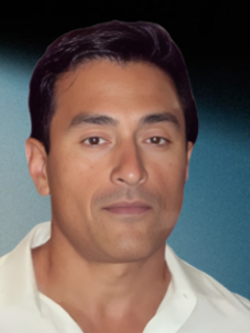Why Non-Vascular Interventional Radiology Matters: Dr. Andrew Gomes Weighs In
Why Non-Vascular Interventional Radiology Matters: Dr. Andrew Gomes Weighs In
Blog Article

The Rising Concern of Diagnostic Precision in Neurology
Correct examination is in the middle of successful medical attention, however neurological situations remain once hard to spot with precision. Disorders such as for example traumatic head accidents (TBI), Alzheimer's illness, and numerous sclerosis often present with overlapping symptoms, increasing the chance of misdiagnosis. That is wherever sophisticated imaging methods, like Diffusion Tensor Imaging (DTI), enjoy a transformative role. Specialists in diagnostic radiology, including Dr. Andrew Gomes Sugar land tx, use DTI to road brain task and mobile disruptions with unprecedented accuracy.
Leveraging the Power of DTI Technology
Diffusion Tensor Imaging (DTI) considers the motion of water molecules in mind muscle, offering step by step visualizations of bright subject tracts. That degree of insight assists radiologists detect even the tiniest architectural abnormalities in mental performance, giving critical information for early examination and tailored treatments. Non-vascular interventional radiologists are uniquely situated to utilize this engineering, doing minimally invasive imaging procedures to achieve a further knowledge of neurological conditions. Dr. Andrew Gomes views this as a game-changing instrument in the combat misdiagnosis.
Data-Driven Diagnostic Philosophy
Dr. Gomes emphasizes a data-driven method of radiology, advocating for the usage of advanced imaging technologies like DTI to reduce diagnostic uncertainty. By meticulously considering individual information, Dr. Gomes assures that every examination is guaranteed by objective, science-based evidence. He also highlights the possibility of integrating DTI benefits with synthetic intelligence programs to further improve diagnostic accuracy. His responsibility to innovation and patient-centered care remains to form the continuing future of diagnostic and non-vascular interventional radiology.
Connecting Engineering and Patient-Centric Treatment
The integration of advanced neuroimaging methods like DTI not just promotes the reliability of diagnoses but additionally empowers healthcare vendors to deliver more specific, patient-focused treatments. By detecting abnormalities early, radiologists perform a crucial position in increasing outcomes and reducing the burden of neurological diseases. Experts like Dr. Andrew Gomes stay at the lead of radiological advancements, ensuring technology is used to their fullest possible in the continuous vision to fight misdiagnosis and raise individual care. Report this page